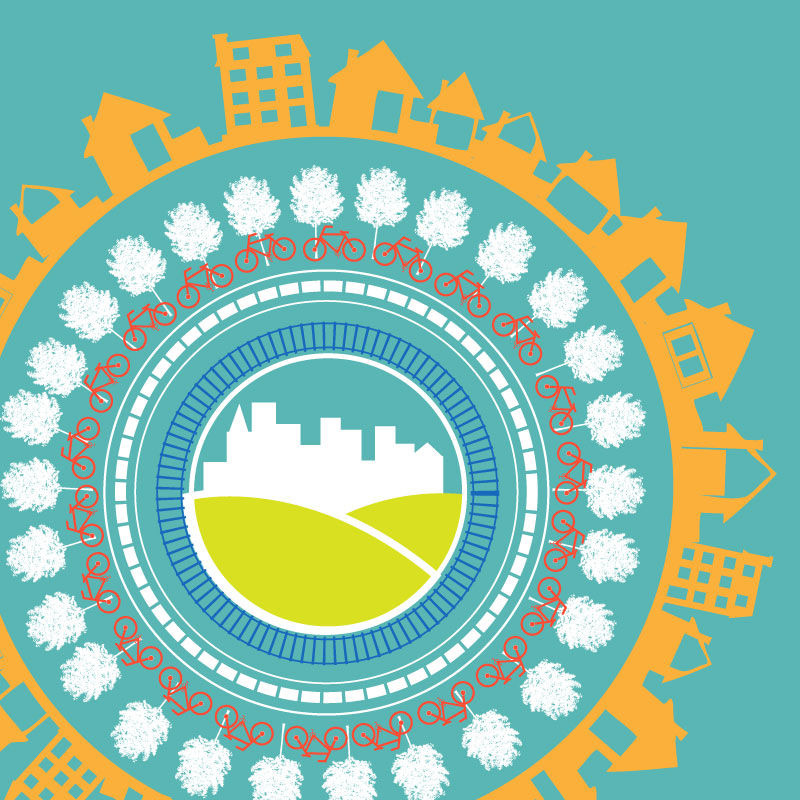The HUD/ DOT/ EPA Sustainable Communities Partnership, which last fall awarded $98 million to 45 regions (mapped at left) to develop or implement Regional Plans for Sustainable Development, shows that the federal government has caught on to the sustainability trend. But what will it actually take for regions to become more sustainable?
The new federal definition of a "sustainable community" calls for integration of housing, land use, economic development, and infrastructure investments to address "…interdependent challenges of economic competitiveness and revitalization; social equity, inclusion, and access to opportunity; energy use and climate change; and public health and environmental impact."
WRT’s planners have developed working principles to help communities figure out what sustainability means for them. Union County, PA is a small, "town and country" region that defined its own principles in the Cultivating Community plan: focus development in and around existing towns and villages, preserve farmland and natural areas, reduce energy use, and conserve fiscal resources. Larger regions that received the HUD planning grants will need to united jurisdictions and interest groups to forge common definitions of sustainability and ways to achieve it. Deconstructing "silos" and creating partnerships for action are proven keys to successful outcomes.
